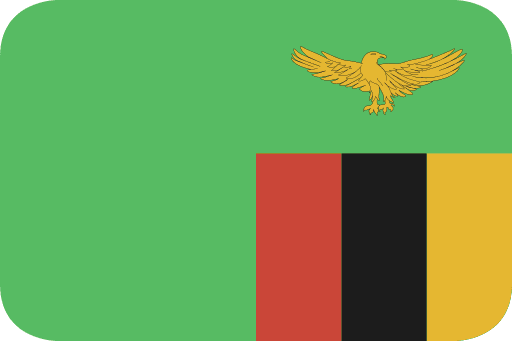Cuvier’s Dwarf Caiman
Common Name: Cuvier’s Dwarf Caiman
Scientific Name: Paleosuchus palpebrosus
Names: Ms Yellow, Ms Pink, Ms Red
Locations: Whitby, London
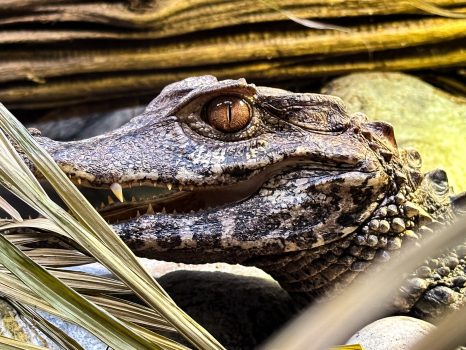
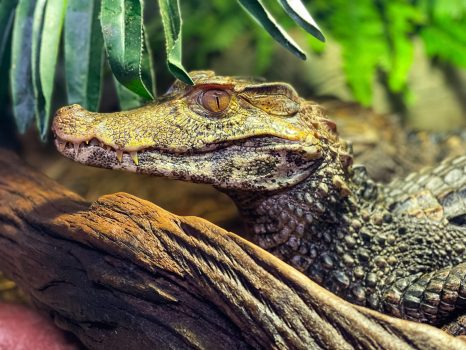
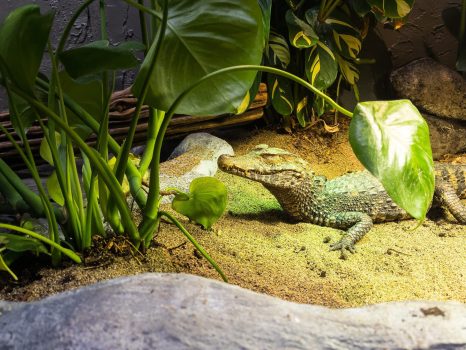
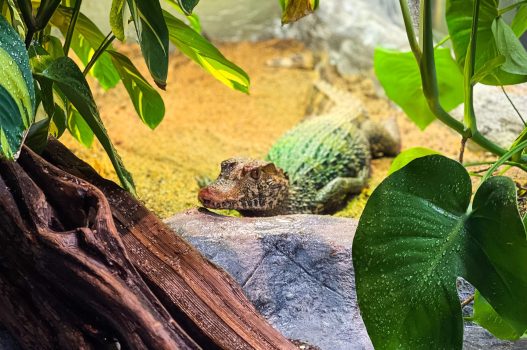
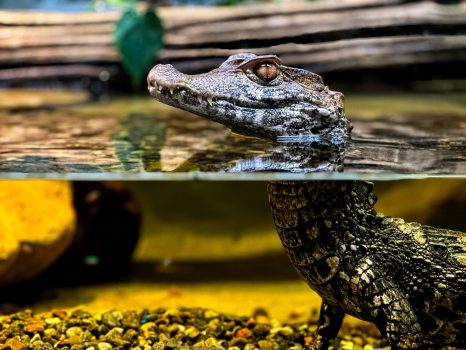
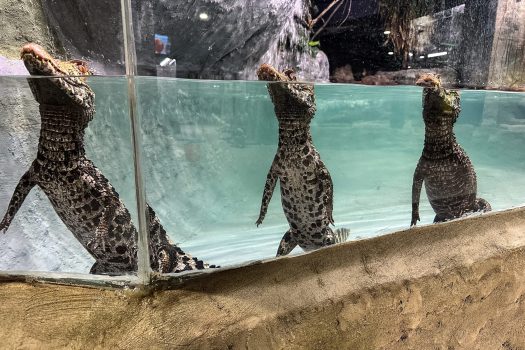
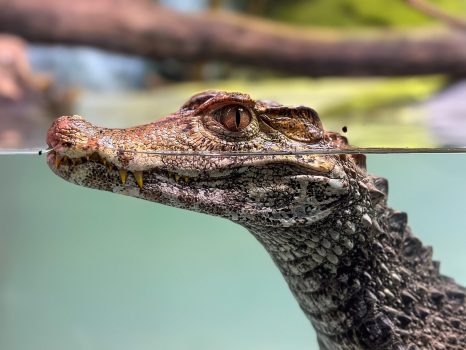
Diet
Cuvier’s Dwarf Caimans are carnivorous and primarily feed on fish, crustaceans, amphibians, and small mammals. They are opportunistic hunters and will consume a variety of prey found in their habitat.
Average lifespan
In the wild, Cuvier’s Dwarf Caimans can live up to 25-40 years.
Size
In the wild, Cuvier’s Dwarf Caimans can live up to 25-40 years.
Weight
Adult Cuvier’s Dwarf Caimans typically weigh between 6 to 16 kilograms (13 to 35 pounds).
About
Cuvier’s Dwarf Caimans are small crocodilians native to South America, inhabiting freshwater habitats such as rivers, streams, swamps, and flooded forests. They are named after the French naturalist Georges Cuvier and are one of the smallest crocodilian species in the world.
Size and behavior
Despite their small size, Cuvier’s Dwarf Caimans are formidable predators. They have a compact body shape and armored skin, which provides protection from potential threats. They are primarily nocturnal and spend much of their time in or near water, where they hunt for prey and seek shelter.
Diet and nutrition
Cuvier’s Dwarf Caimans have a diverse diet consisting mainly of aquatic prey such as fish, crustaceans, and amphibians. They are skilled hunters, using stealth and ambush tactics to catch their prey. Their diet is supplemented by occasional opportunistic feeding on small mammals and birds.
Conservation status
Cuvier’s Dwarf Caimans are currently listed as “Least Concern” by the International Union for Conservation of Nature (IUCN). However, habitat loss, pollution, and over hunting pose threats to their populations in some regions. Conservation efforts focused on habitat protection and sustainable management are important for ensuring the continued survival of Cuvier’s Dwarf Caimans.
Fun fact
Despite their small size, Cuvier’s Dwarf Caimans are known to be highly territorial and will vigorously defend their territory from intruders, including other caimans and larger predators. They communicate with each other through vocalizations and various body displays to establish dominance and maintain their territories.
Call or visit your local Reptilia Facility to learn how you can adopt one of these amazing reptiles.










